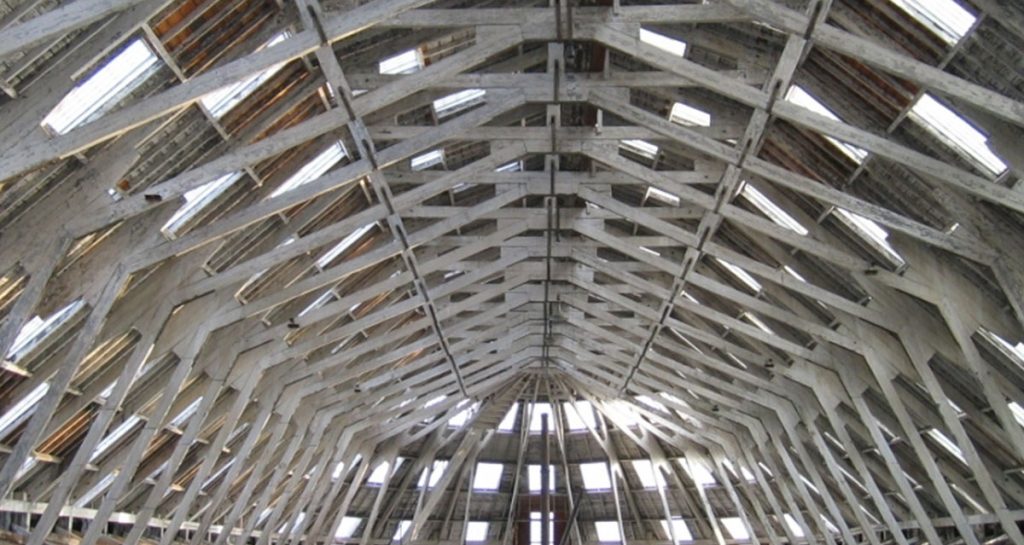This is a Medway doble fishing boat called “May”. May is “clinker built” which means the edges of her hull planks overlap. A wet well in the middle of the boat kept the catch alive.
Built in 1902 by Gill of Rochester. The small size of a Medway doble made it an affordable way to set up as a fisherman. Dobles were so useful however, that many men used them all their lives.

Often the best fishing could only be had at night. For this, every doble would have been equipped with a special lamp, or flare. This was like a cast-iron teapot or kettle, filled with colza oil. A thick piece of rope was stuffed into the spout to act as a wick. This soaked up the oil and would burn for many hours. The lamp was extremely heavy and so would not be affected by the movement of the boat.
Most importantly, the dobles were fitted with a wet well. This was a box in the middle of the boat that sat over some holes in the hull. These holes let in enough water to keep alive, or at least keep fresh, any fish that were put inside. Today, many fish are frozen on big boats almost as soon as they are brought out of the water. However, Medway fishermen had no way of keeping their catch very cold. The wet well meant they could continue fishing for further catches without the first going stale. At the end of the trip they would lift the fish out of the well with a lade net, a net with an iron frame shaped to reach the whole catch.
Curriculum Links:
You can jot down some notes for your future references using the form below. Fill in the details about the object and any notes you deem important. You can save and print this too.